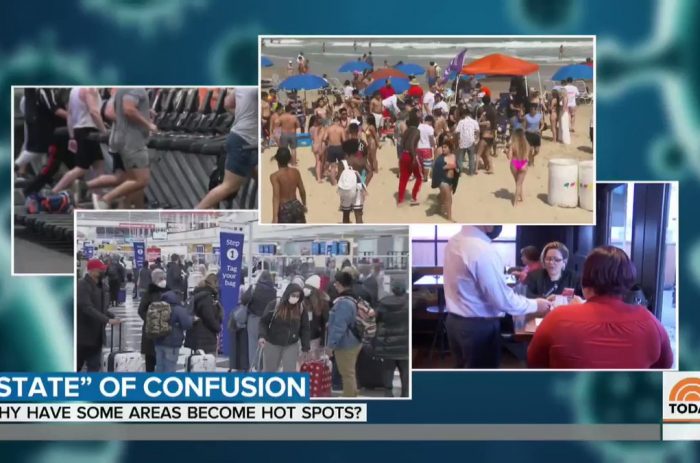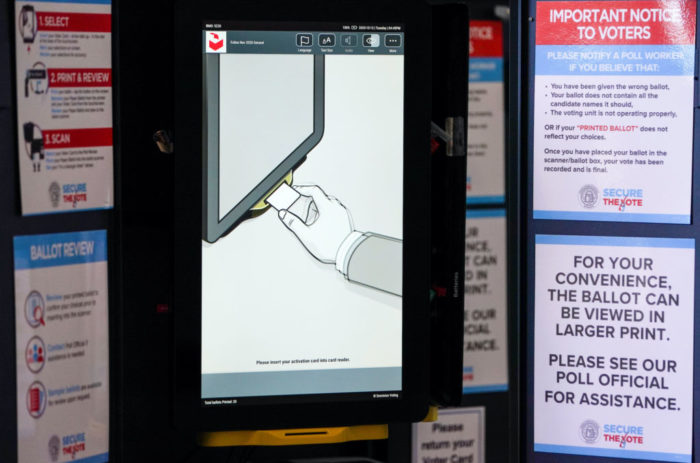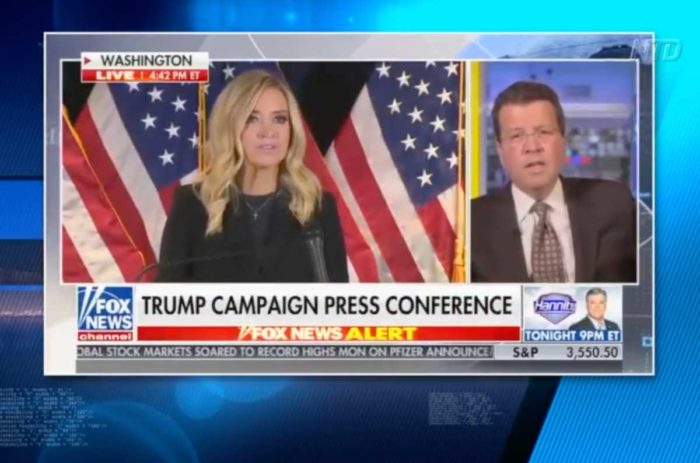redo Jump to...
print Print...
Directions
-Read the excerpt below from the Kevin Sabet's article " posted at The Washington Times.
-Read "Types of Media Bias" here (found on the website under "Resources" OR on the app under "More"). Then answer the questions.
From a post by Kevin Sabet at The Washington Times (original post date 1/17/14):
On Jan. 1, Colorado made history as the first state to license the retail sales of marijuana.
To be sure, there were no bloody fistfights among people waiting in line and, as far as we know, no burglaries or robberies. Legalization advocates cheered. …
What didn’t make the news were some troubling developments:
- Multimillion-dollar private investing groups have emerged and are poised to become, in their words, “Big Marijuana”
- Added to a list of dozens of other children, a 2-year-old girl ingested a marijuana cookie and had to receive immediate medical attention
- A popular website boldly discussed safe routes for smugglers to bring marijuana into neighboring states
- A marijuana-store owner proudly proclaimed that Colorado would soon be the destination of choice for 18- to 21-year-olds, even though for them marijuana is still supposed to be illegal
- …The American Medical Association (AMA) has come out strongly against the legal sales of marijuana, citing public health concerns. In fact, the AMA’s opinion is consistent with most major medical associations, including the American Academy of Pediatrics and American Society of Addiction Medicine.
- Because today’s marijuana is at least five to six times stronger than [it was in the past] – according to the National Institutes of Health, one in six 16-year-olds who try marijuana will become addicted to it
- marijuana intoxication doubles the risk of a car crash
- heavy marijuana use has been significantly linked to an 8-point reduction in IQ
- marijuana use is…connected to mental illness [in teens]
Constantly downplaying the risks of marijuana, its advocates have promised reductions in crime, flowing tax revenue and little in the way of negative effects on youth. We shouldn’t hold our breath, though.
We can expect criminal organizations to adapt to legal prices, sell to people outside the legal market (e.g., kids) and continue to profit from other, much larger revenue sources, such as human trafficking and other drugs.
We can expect the social costs ensuing from increased marijuana use to greatly outweigh any tax revenue – witness the fact that tobacco and alcohol cost society $10 for every $1 gained in taxes.
Probably worst of all, we can expect our teens to be bombarded with promotional messages from a new marijuana industry seeking lifelong customers. …
To accurately identify different types of bias, you should be aware of the issues of the day, and the liberal and conservative perspectives on each issue.
Types of Media Bias:Questions
1. How many news stories have you seen/read from major news outlets reporting on the potential negative impact of legalizing marijuana for recreational use?
2. What types of bias does Mr. Sabet illustrate in this article?
3. In the last four paragraphs of this excerpt, Mr. Sabet asserts:
- Constantly downplaying the risks of marijuana, its advocates have promised reductions in crime, flowing tax revenue and little in the way of negative effects on youth. We shouldn’t hold our breath, though.
- We can expect criminal organizations to adapt to legal prices, sell to people outside the legal market (e.g., kids) and continue to profit from other, much larger revenue sources, such as human trafficking and other drugs.
- We can expect the social costs ensuing from increased marijuana use to greatly outweigh any tax revenue – witness the fact that tobacco and alcohol cost society $10 for every $1 gained in taxes.
- Probably worst of all, we can expect our teens to be bombarded with promotional messages from a new marijuana industry seeking lifelong customers.
Do you think Mr. Sabet’s assertions are accurate? Explain your answer.
Scroll down to the bottom of the page for the answers.
Answers
1. Answers vary.
2. Mr. Sabet illustrates bias by : story selection and omission.
Bias by omission – leaving one side out of an article, or a series of articles over a period of time; ignoring facts that tend to disprove liberal or conservative claims, or that support liberal or conservative beliefs; bias by omission can occur either within a story, or over the long term as a particular news outlet reports one set of events, but not another.
Bias by story selection – a pattern of highlighting news stories that coincide with the agenda of either the Left or the Right, while ignoring stories that coincide with the opposing view
3. Opinion question. Answers vary.



